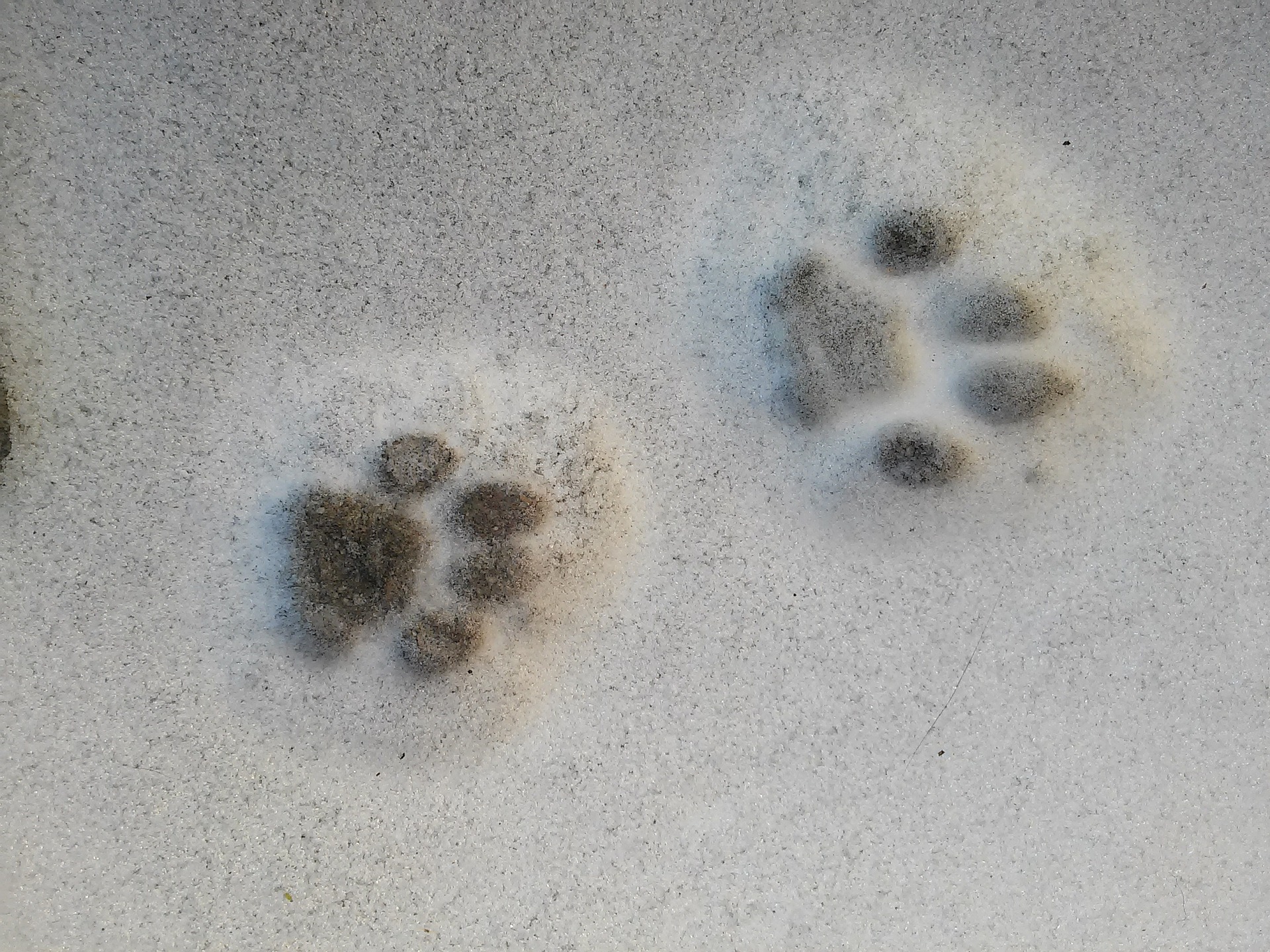Non-Invasive Monitoring
Why non-invasive methods produce the best ethics and the best science?

Why use non-invasive technology?
To protect endangered species we need reliable data on where they are, their numbers, and where they range. Only then can we make informed decisions on how best to protect them. Non-invasive monitoring means monitoring without disturbance to the normal behavior, ecology or physiology of the animal.

Monitoring ethically without disturbance
Many commonly-used techniques rely on the fitting of instrumentation to the animal, such as a transmitter (e.g. radio-telemetry through a collar, tag, insert) or by marking, or capture to take biological samples, or close visual observation. Whilst it is occasionally essential to use some of these techniques (for example in translocation, or veterinary treatment of injured animals) a large body of scientific literature describes the negative impacts from regular disturbance.
However, many new methods are emerging that collect data without needing to disturb animals. Camera traps that record whole body images of animals as they walk along a trail, environmental DNA that allows scientists to record species present in the environment from just a soil or water sample, iDNA that provides samples collected by insects and acoustic sensors that collect vocalizations - to name just a few. WildTrack focuses on footprints! Our footprint identification technology (FIT) has considerable advantages for non-invasive monitoring.

Avoiding data invalidation
Something that is often not taken into consideration is also the risk of invalidating the data we collect; if our methods change the behavior, ecology or physiology of animals in any way, the data we collect from them may be invalidated.
Jewell, Z. C. (2013), Effect of Monitoring Technique on Quality of Conservation Science. Conservation Biology, 27: 501–508. doi: 10.1111/cobi.12066